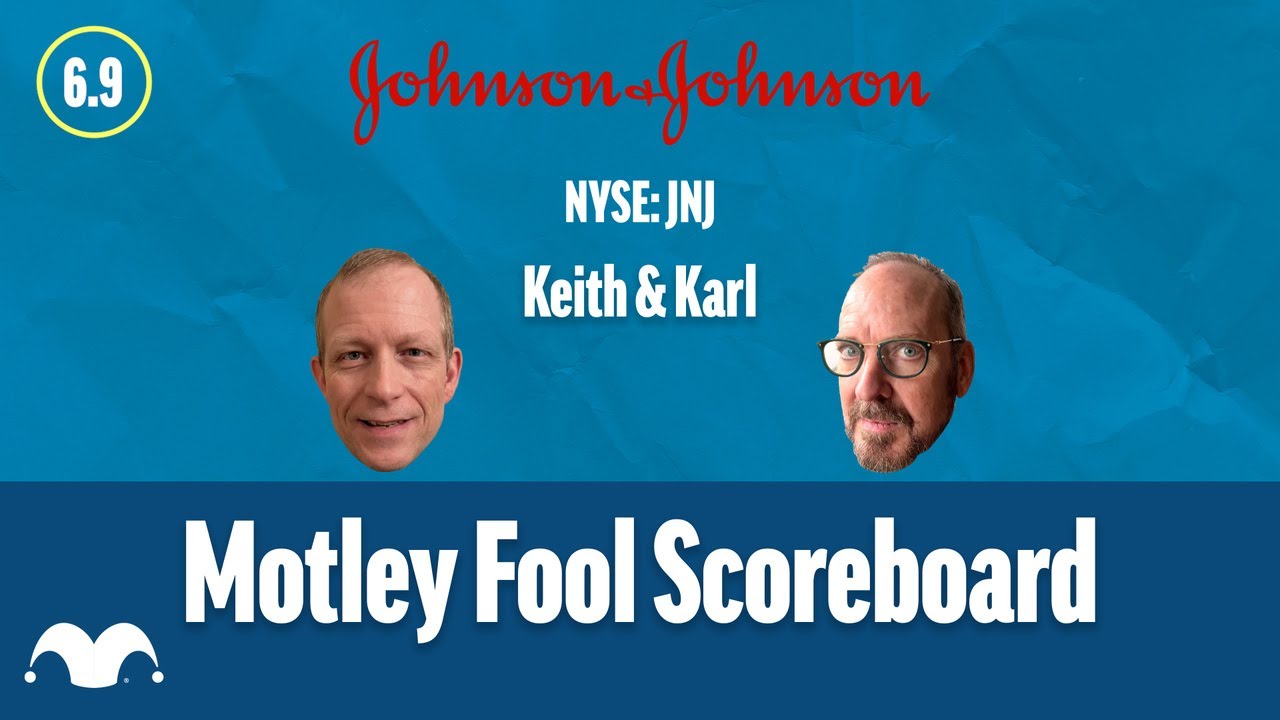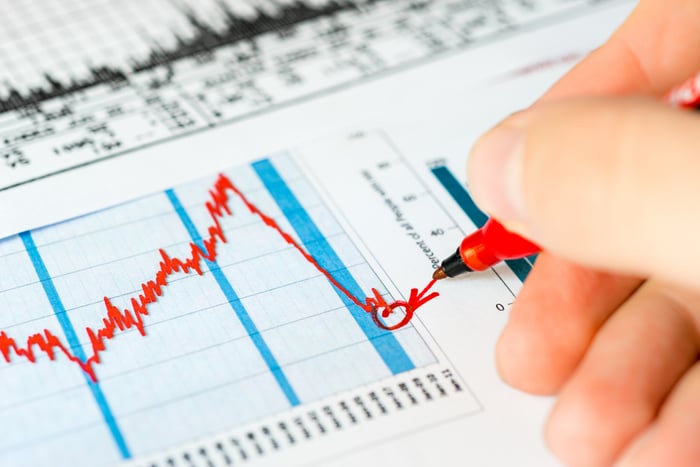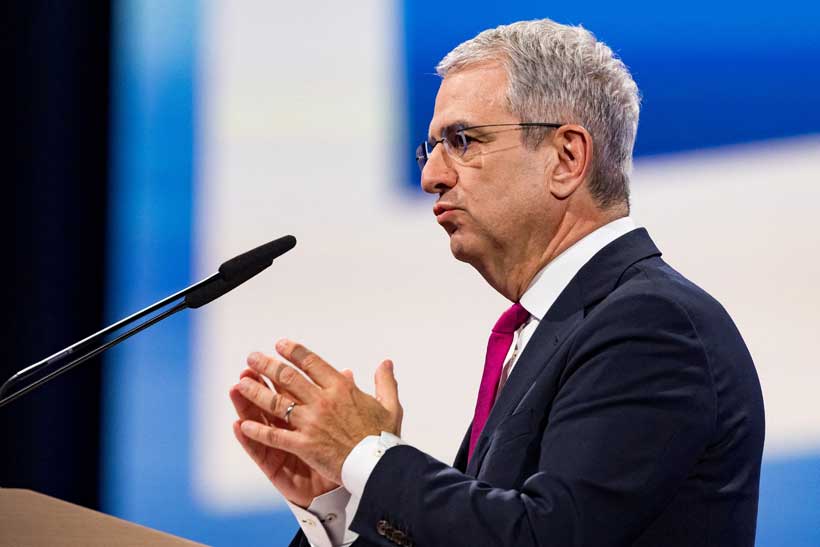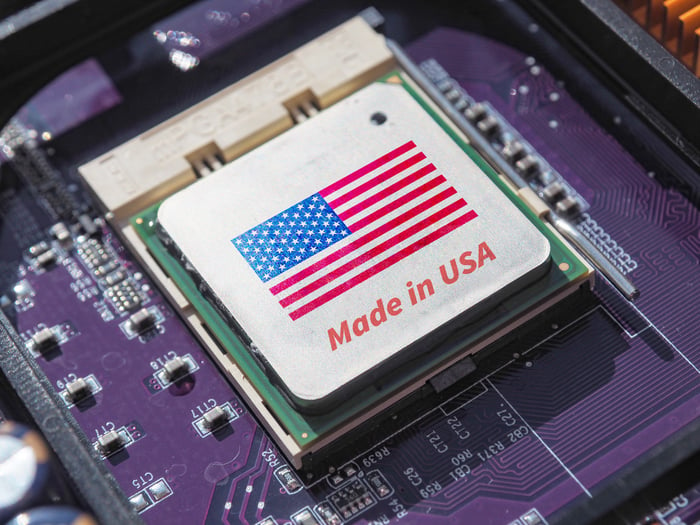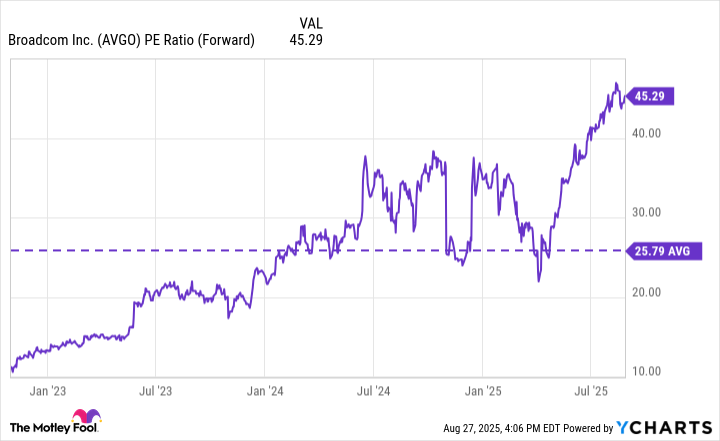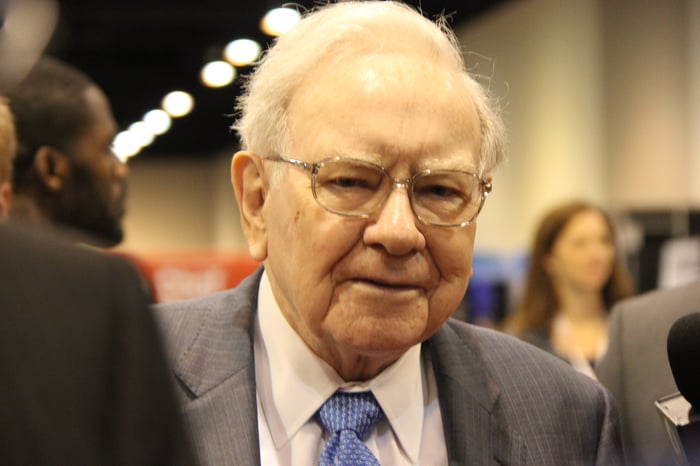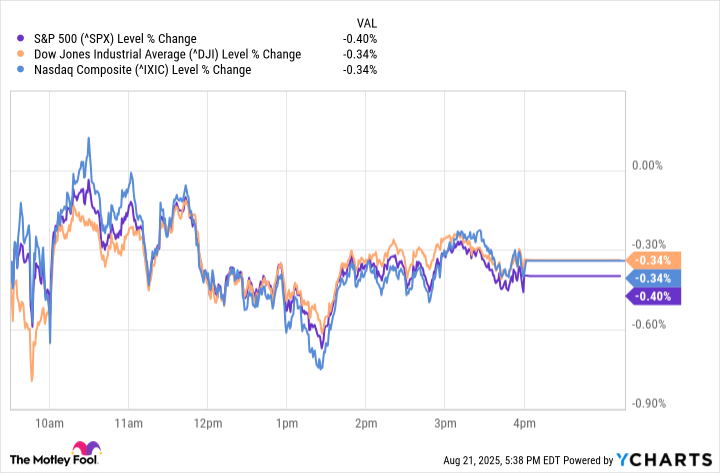Bill Ackman doesn’t hold that many companies in Pershing Square Capital’s portfolio, so when he buys shares, it’s worth taking note.
Billionaire Bill Ackman was busy in the second quarter, investing in two of the world’s largest tech companies. His hedge fund, Pershing Square Capital, started a new position in Amazon (AMZN 3.12%) and boosted its stake in Alphabet (GOOGL 3.10%) (GOOG 2.98%).
Ackman is a well-regarded investor known for running a concentrated portfolio: As of June 30, Pershing Square Capital’s portfolio had only 10 companies in it. So when it makes a big investment, it’s worth it for retail investors to pay attention and consider whether they want to follow.
Amazon
Pershing established a new position in Amazon in the second quarter, picking up 5.8 million shares. That made it the fund’s fifth-largest holding, accounting for 9.3% of its value as of Aug. 14.
Amazon’s logistics network has always been the backbone of its e-commerce business, and now the company is employing artificial intelligence (AI) and even more robotics than before to make it even more efficient. The company is applying AI to such tasks as optimizing delivery routes, stocking warehouses more effectively, and directing drivers to hard-to-find drop-off locations in places like large apartment complexes.
Meanwhile, the company now has over 1 million robots working in its fulfillment facilities, and they’re being carefully orchestrated by its Deepfleet AI model. Its newer robots can do more than just lift heavy packages. Some can spot damaged goods better than humans (which lowers the number of returns), while some can even repair themselves. All of this saves money and speeds up shipping times.
AI is also strengthening Amazon’s advertising unit. Merchants can use its AI tools to create better product listings and ad campaigns. Advertising is a high-margin business that also has been one of the company’s fastest growing, with revenue up 23% last quarter.
Altogether, AI is helping drive strong operating leverage in Amazon’s e-commerce operations. Last quarter, its North American segment’s revenue rose 8% while its operating income climbed 16%. That kind of leverage is exactly what investors want to see.
Amazon’s cloud computing division, AWS, meanwhile, remains its most profitable segment and its fastest-growing. The company created the cloud infrastructure market and still holds a nearly 30% share of it. AI is now a major driver in that segment, too. Services like Bedrock and SageMaker allow customers to build and run models directly on AWS, while it recently introduced Strands and Agentcore to help customers build AI agents and safely run them in a secure, server-less environment. Meanwhile, the company’s custom-designed AI accelerator chips, Trainium and Inferentia, give it an edge in cost and performance. AWS continues to grow quickly: Revenue climbed 17.5% last quarter to $30.9 billion
Amazon is spending heavily on AI infrastructure, but history shows the company has a knack for winning big when it spends big. Trading at a forward price-to-earnings (P/E) ratio of about 30 based on analysts’ consensus 2026 estimates, the stock still looks appealing, particularly given its growth runway.
Alphabet
Amazon wasn’t the only tech stock Pershing was buying in the second quarter. It also picked up another 925,000 shares of Alphabet’s Class A stock. That increased its total stake in the company (which includes both Class A and Class C shares) by 8.6% to almost 10.8 million shares. Based on the latest public information, that made it the hedge fund’s third-largest holding, accounting for 15% of its value as of Aug 14.
Investors have worried that the growing use of AI chatbots will chip away at Alphabet’s Google Search business, but so far, that hasn’t happened. In fact, last quarter, Google Search’s revenue growth accelerated, increasing by 12% year over year to $54.2 billion. Alphabet has also built AI into its products. More than 2 billion people are already using AI Overviews in Google Search, and its new AI Mode is just starting to gain traction. The company is also using AI to advance its tools beyond simple text queries, with Google Lens and Circle to Search standing out as two prime examples. New commerce-focused tools like Shop by AI should also create new monetization opportunities for the company.
One key aspect of Alphabet’s competitive moat is distribution. Chrome currently controls two-thirds of the browser market, while its Android operating system runs more than 70% of smartphones. That makes Google the first touchpoint to the internet for billions of users. It also gives Alphabet a huge volume of data and search query histories that it can then funnel into its massive ad network.
Cloud computing is another big growth driver for Alphabet. Google Cloud’s revenue jumped by 32% in Q2 while its operating income more than doubled. Customers are drawn to Alphabet’s Gemini models, Vertex AI platform, and its custom-designed tensor processing units (TPUs). These TPUs lower costs for AI workloads and give Google Cloud a cost advantage. The business has finally reached scale and is now showing strong operating leverage.

Image source: Getty Images
Alphabet also has longer-term bets. It’s deploying its Waymo unit’s robotaxis into new cities as the driverless ride-share business shows strong momentum. Meanwhile, with its Willow quantum computing chip, it has made meaningful progress on error-reduction — one of the core challenges in quantum computing technology. These businesses are a long way from being mature, but their upside potential is enormous.
Despite all of this, Alphabet trades at just 19 times analysts’ 2026 earnings estimates. That is cheap for a company that’s an established leader in search, cloud, video streaming, mobile, and AI infrastructure. Among the big AI stocks, Alphabet looks the most attractively valued.
Solid buys
In my view, Amazon and Alphabet look like solid buys for long-term investors. While the stocks aren’t without risks, given their market positioning and current valuations, I think it makes sense to follow Ackman’s lead and own both stocks.
